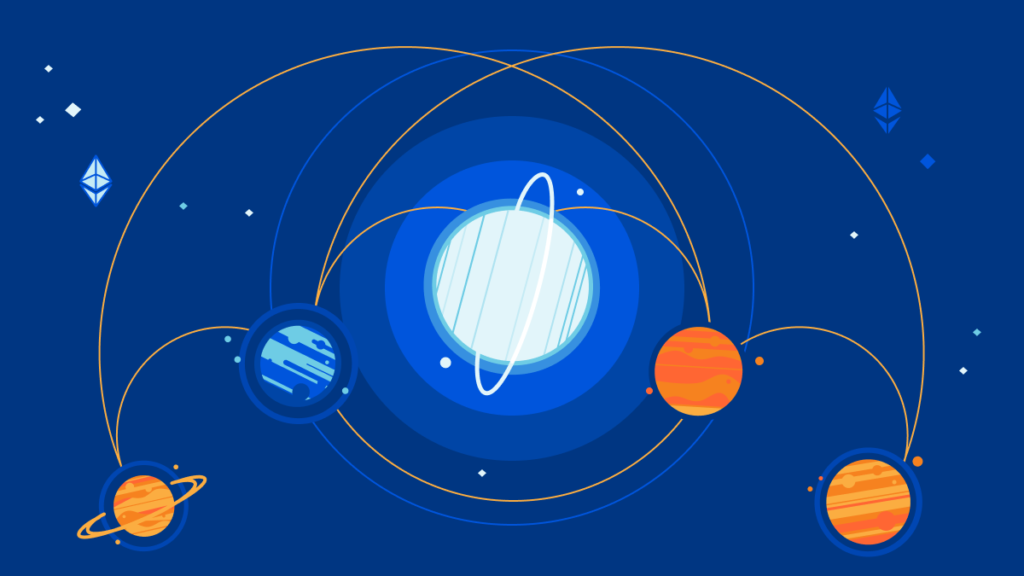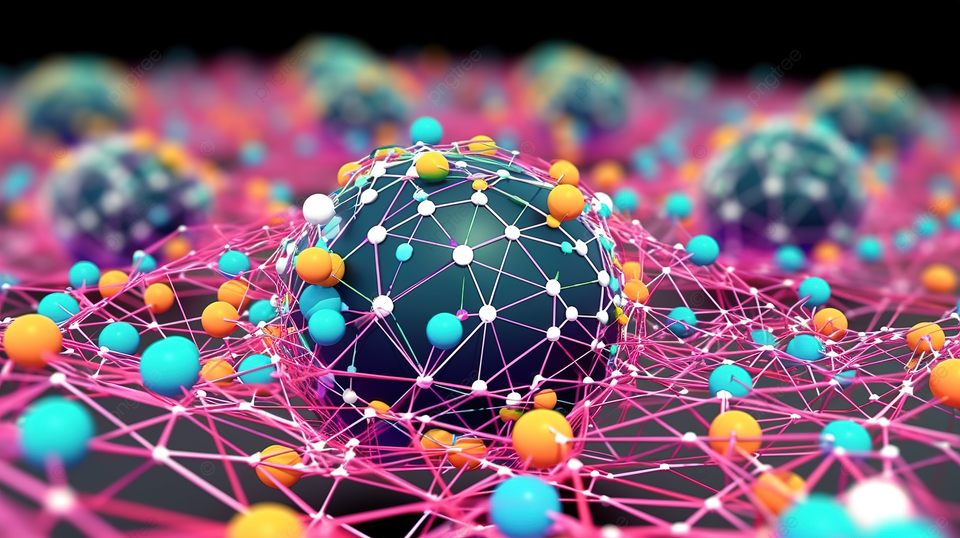Web 3.0, often referred to as the “Semantic Web” or the “Decentralized Web,” is the next evolutionary phase of the World Wide Web.

Web 3.0 signifies the next stage in the evolution of the internet, potentially rivaling the transformative impact of Web 2.0. This new paradigm builds on core principles such as decentralization, openness, and enhanced user utility.
It represents a paradigm shift in the way information is created, consumed, and shared on the internet. While there is no universally agreed-upon definition, Web 3.0 is generally characterized by several key principles and technological advancements:
Decentralization

Web 3.0 aims to move away from centralized models of data control. Blockchain, a distributed ledger technology, is a fundamental component of many Web 3.0 applications. It allows for decentralized and secure storage and retrieval of data without the need for a central authority.
Web 3.0 avoids a central controlling node, eliminating a single point of failure. Berners-Lee envisioned a bottom-up design, encouraging broad participation and experimentation in the development process.
Web 3.0’s core tenet is decentralization, breaking away from centralized models. Data can be stored simultaneously in multiple locations, empowering users and reducing the control of internet giants.
Decentralization and permissionless systems empower users with greater control over their data, potentially curbing data extraction practices by technology giants.
Despite its advantages, decentralization introduces legal and regulatory challenges, particularly in policing cybercrime, hate speech, and misinformation. The lack of central control makes enforcement and regulation difficult.
Semantic Understanding
Web 3.0 seeks to enhance the understanding of data by machines. Through the integration of artificial intelligence and machine learning algorithms, the web becomes more adept at understanding context, relationships between data points, and user preferences.
In 2001, Berners-Lee introduced the Semantic Web concept to bring structure to webpage content. However, Web 3.0 has evolved beyond this initial vision due to the complexity of converting human language for computer understanding and the substantial evolution of Web 2.0.
Interoperability
Web 3.0 emphasizes the use of open standards to ensure interoperability between different applications and platforms. This enables seamless data exchange and communication between diverse systems, fostering a more connected and collaborative digital environment.
User Empowerment
Unlike Web 2.0, where user data is often controlled by centralized platforms, Web 3.0 promotes user ownership and control of personal data. Users can selectively share data, and they have a clearer understanding of how their information is used.
Immersive Technologies
Web 3.0 incorporates immersive technologies like VR and AR, providing users with more interactive and engaging online experiences. This can extend beyond traditional web browsers to spatial computing environments.
Web 3.0 incorporates AI and machine learning, enabling computers to understand information similar to humans. This facilitates faster and more relevant results in diverse areas beyond targeted advertising.
Semantic Data
Web 3.0 places a strong emphasis on linked data, making it more meaningful for machines to understand relationships between different pieces of information. This can lead to more accurate and relevant search results and improved data integration.
Smart Contracts
Ethereum and similar blockchain platforms enable the creation of smart contracts—self-executing contracts with the terms of the agreement directly written into code. This facilitates trustless and automated transactions.
Distributed Applications (DApps)
Web 3.0 encourages the development and use of decentralized applications (DApps) that run on blockchain networks. These applications operate without a central authority, providing increased security and transparency.
Real-World Example:

- Web 3.0’s greater user utility is exemplified in travel planning. Intelligent search engines or bots can efficiently collate and provide tailored recommendations, saving users significant time and effort.
Is Web 3.0 the Same as the Semantic Web?1
- Web 3.0 extends beyond Berners-Lee’s Semantic Web, incorporating technologies like AI and machine learning, trustless systems, and decentralized networks.
Technologies Facilitated by Web 3.0
- Due to its decentralization, Web 3.0 supports technologies such as blockchain, distributed ledger, and decentralized finance (DeFi).
Web 3.0 signifies a transformative era, potentially dominating the 2020s landscape, akin to Web 2.0 in the 2010s. The shift is reflected in Meta’s name change, suggesting a momentum toward immersive experiences in the metaverse. Web 3.0 envisions a more intelligent, decentralized, and user-centric internet, where data is treated as a valuable asset controlled by the users themselves. It represents a departure from the centralized control and data silos often associated with Web 2.0 platforms. The transition to Web 3.0 involves the ongoing development and integration of these key principles and technologies across various digital domains.
